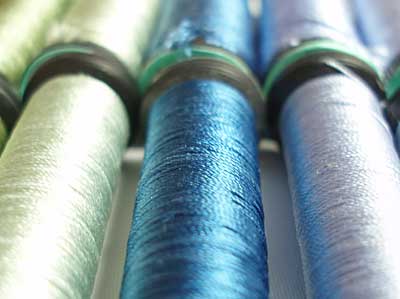
Silk is a natural protein fibre which can be used as a textile fibre. It is one of the important animal fibres obtained from silkworms.

History of silk:
Around 3500 BC, silk was discovered in China during the reign of emperor Huang-ti. It was considered as one of the most valuable fibres at that time because of its lustre and fine quality. At that time it was only used by the emperors and it was kept secret for hundreds of years. Later on it was spread across the world through trading. The route through which it used to travel was known as the ‘Silk route’.
According to historians, silk was made in India as well. During the Indus valley civilization, its uses were noticed.
Types:
The different types of silk are produced by different types of silkworms. It can be differentiated on the basis of lustre and texture. A few examples are Kosa, Tassar, Mooga, etc. They are produced by various types of silkmoths. One of the common types is the mulberry silkmoth.
The life cycle of Silkmoth:
Silkworms are not actually born as worms but rather as larvae and caterpillars hatched from the eggs of silkmoth. In the beginning, the female silk moth lays eggs and then the larvae are hatched out of the eggs and are known as the caterpillars. They grow up in size and before they enter the second stage which is called pupa the caterpillar swings their head from its sides and makes the shape of eight every time. During all these times they secrete fibre made up of protein which when comes in contact with air and it hardens to become a silk fibre. After this, the caterpillar completely covers itself with the fibre and turns into a pupa. This covering is known as the cocoon. The silkmoth further develops in the covering called a cocoon. The silk fibre is obtained from this silkmoth’s cocoon.
To know more about silk and how it is extracted from silkmoth, download BYJU’S learning app.

Comments